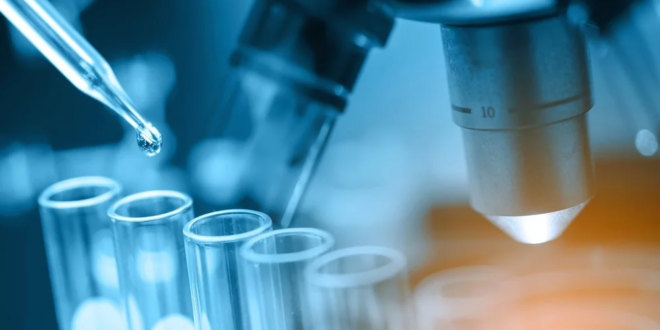When it’s about the safety of your medical devices, you simply can’t afford to face mishaps. Not only does it put your reputation at stake, but it also takes away the trust of your users.
So, to make sure you don’t face any such trouble, you need to know ways by which you can assure the safety of your medical devices. However, you’ll also need to know what biocompatibility testing means and how it impacts your medical devices.
Therefore, through this short blog, we’ll get all these facts cleared to ensure your medical devices are perfectly safe to use and don’t go south during operation.
Some Critical Tips You Need to Consider to Ensure Safe Use of Medical Devices
To ensure you’re using your medical devices safely, there are certain tips and factors that you need to consider. In this section, I’ll let you know some of the key points that’ll help you to do so!
Research’s a Must
Your medical devices require certain data to operate. And industry companies require clinical research to collect this info. Usually, the government and other regulatory entities provide such essential data to ensure the overall safety of medical devices.
Well, even manufacturers can conduct their own private research to support the clinical facts or to figure out new data sources.
However, clinical research and its overall rules vary depending on the specialization. So, to ease your way through, you can partner with certain third-party organizations who can help you with the research and data collection.
Take Feedbacks
It’s fine to get along with the sales! However, if you want to take your medical devices to more customers and potential users, you need feedback. And having considerable feedback is one of the fastest ways through which you can reach your desired customers fast.
Moreover, through this feedback, you’ll know what are the possible drawbacks of your product, and the ways you can improve them.
So, taking feedback is a must, especially if you want to make the best use of your medical devices.
Risk Management Compliance
Risk management systems are a must when it comes to getting your medical devices manufactured right. Without proper risk management, you can end up getting your medical device quality degraded. Therefore, as a manufacturer, you must follow risk management guidelines throughout the devices’ lifetime.
Now, here are some of the possible reasons why risk management regulations need to be considered at all times:
- It upgrades the reputation of your manufacturing organization
- It prevents your device from harming users
- It covers your overall recall cost
Biocompatibility Testing: An Overview!
Biocompatibility is one of the most popular terms for medical device biological criteria. The term means the capacity of a substance to perform with an adequate host reaction in a certain application. So, you can say biocompatibility determines the host reaction.
Below are a few of the biocompatibility testing for the medical devices
In Vitro Cytotoxicity
These methods quickly test the biocompatibility of an extract with specific cell culture. The NRU (neutral red uptake) assay uses mouse fibroblast BALB/c 3T3 cells to get the medical devices examined for cytotoxicity.
Intracutaneous Reactivity
Irritation biocompatibility testing is done with in vivo screens that can actually look at how likely it is that examine materials will irritate different body parts when it gets exposed.
Sensitization
This testing can determine a material’s overall allergic or sensitizing potential after prolonged exposure. Sensitization can cause delayed, dose-independent effects.
Genotoxicity
This biocompatibility testing for medical devices uses bacteria and in vivo test systems to determine if the test can result in chromosome damage or gene mutation. The reason this testing is so important is that genetic damage can increase heritable diseases and even cancer.
Hemocompatibility
Blood-contacting medical devices are mostly tested for hemocompatibility. In vitro, hemolysis measures medical device-induced red blood cell lysis and haemoglobin release.
How Can You Possibly Manage the Risks Associated With Biocompatibility Testing?
Through this section, you’ll know all the info on how you can possibly manage the risks associated with biocompatibility. So, ensure to read till the end of the section:
- Internal parts shouldn’t be checked on unless the material can migrate to a patient’s touch.
- Biocompatibility testing sometimes involves cutting the device to obtain only the user-contacting elements. So, know how it’s going to work!
- A medicine delivery system for children can possibly include a parent as the user and a child as the patient. Thus, medical devices can come up with different surface contact classifications for different parts.
- The device comes with “intact skin” and “blood path indirect” parts. During such cases, the “intact skin” part should be tested based on the contact type and duration, while the “blood path indirect” portion will be scored according to the duration and categorization.
Bottom Line
Ensuring the safe use of your medical devices will not only grow your reputation as a manufacturer but will also ensure that your devices are entirely safe for users. So, in every way possible, you need to prioritise the safe use of your devices. Moreover, you can always consult with experts to aid you with more such facts and more info on biocompatibility testing.
 HammBurg Be informed with latest news, reviews, entertainment, lifestyle tips, and much more.
HammBurg Be informed with latest news, reviews, entertainment, lifestyle tips, and much more.




